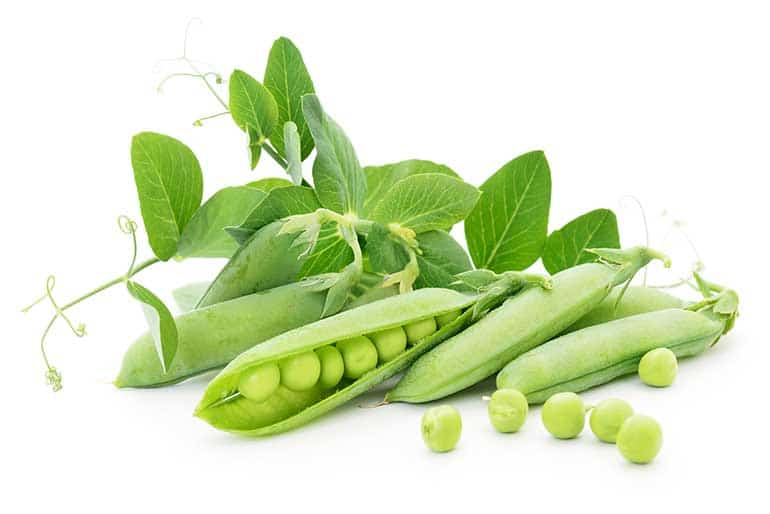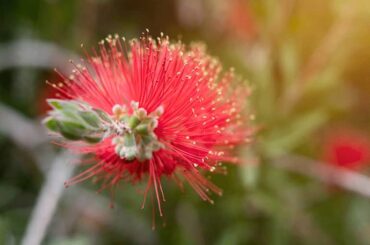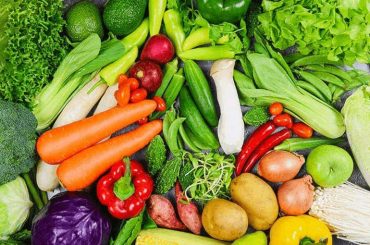Having a tough green in one’s home can not only make the house look pleasant but also benefit the residents’ health. It does not matter if one lacks ground space, many fruits and vegetable trees like peas can be grown in containers on veranda or rooftop. You would be amazed to know that one peapod vegetables in a container can produce about 100-gram peas per harvest. Growing peapod in containers can not only fulfill a family’s nutritional needs but also be a source of income.
What is a peapod vegetable?
Pea (Pisum sativum), a green vegetable that originated from the Old Continent is one of the most popular green vegetables around the planet. Yet despite being called vegetables, the pea is actually a member of the legume family.
Pea can produce its pods about 2 months after planting. Each pod contains several small, spherical peas(seeds) rich in vitamins and minerals like Vitamin A, Vitamin K, Vitamin C, Thiamine, Folate, Manganese, Iron, and Phosphorus. As an annual crop preferring cool weather, this 3ft plant can be grown worldwide as long as it gets a temperature of 7-27C.
Ideal Peas for Growing Peapod Vegetable In a Container
There are many types of peas in the world. They vary in their time of maturity, size, and sweetness. There are mainly three types of peas most suitable for container gardening. They are-
i. English Peas (Pisum Sativam var. Sativam)
Major Characteristics:
- One of the fastest maturing types capable of harvesting in two months
- Pods are inedible
- The plump seeds require shelling before eating
- Needs loamy soil type and full to partial sun exposure
Suitable Varieties:
- Green Arrow
- Little Marvel
- Early Frosty
ii. Snow Peas (Pisum sativam var. Saccharatum)
Major Characteristics:
- Have the most prolonged period to maturity of all the peas and can be harvested in 8-12 weeks after planting.
- Pods are flat and edible
- Seeds are not allowed to plump up before harvesting
- Grows well in full to partial sun exposure and drier, enriched soil
Suitable Varieties:
- Golden Sweet
- Mammoth Melting Sugar
- Oregon Sugar Pod
iii. Sugar Snap Peas (Pisum sativam var. Marcrocarpon)
Major Characteristics:
- A cross between English peas and Snow peas
- The seeds are allowed to plump up a bit
- Pods are crisp, edible and do not require shelling
- Requires well-drained loamy soil and full to partial sun exposure for good growth
- Can be harvested within 60-70 days after planting
Suitable Varieties:
- Sugar Ann
- Sugar Daddy
- Cascadia
Required materials
To get a good result in growing Peapod Vegetable in containers, one first needs to get some good quality materials helpful in producing peas.
Large container
- Wide containers with sound drainage system do well in growing organic peacod.
- One can buy large potting tubs with wholes at the bottom to grow organic peas.
- Instead of buying potting tubs, window boxes, plastic gallons, buckets, etc. can be used by drilling some drainage channels into them. Wood or clay containers are best for growing organic peapods.
- The size of the pot depends on the type and variety of the organic pea plant. Larger varieties need 8-12 inches of depth, while shorter ones need 6 inches. 3-5 gallon containers are best for growing organic peapods.
- Containers made of materials like lead or asbestos must not be used.
Potting soil
Potting soil should be light and fluffy to ensure air-water flow and yet keeping moisture in the ground. Most potting soils are mainly composed of a mixture of three elements-
- Peat Moss- provides moisture
- Pine Bark- ensures sustainability
- Either Perlite or Vermiculite- provides airflow
Seeds
- Hybrid seeds do not supply one with the future seeds
- Old seeds have a lower germination rate and longer germination time
- The seeds should be less than four years old.
Fertilizer
- There is less need for using fertilizers if the potting soil is mixed with them.
- Even without fertilizer in the soil, fertilizer, especially nitrogen should be used in moderation
- Key three ingredients of any fertilizer-
- Nitrogen
- Potassium
- Phosphorus
4. The ratio of the components for fertilizer for growing organic peacod plants in containers should be 5:10:10
5. It is best to use organic fertilizers than chemical ones.
Poll/Trellis
- Most of the pea plants need the support of poll/trellis to grow.
- Trellis or polls should be sturdy
- They can be made of branches, woods, recycled materials, bamboos, etc.
- Depending on the variety, the poll or trellis should be 2-8ft tall.
Procedure
Several simple, systematic steps need to be followed for growing organic peapods in containers to get good results.
- Cover up the hole at the bottom of the tub with paper towels or coffee filters.
- Fill up the container in a way to ensure a proper drainage system. For a vessel with more significant depth, 1/3 part of the bottom could be filled with bottles, soda cans, or plastic containers to lessen the need for potting soil and ensure smooth air-water flow. One should not use gravel for this purpose.
- Fill up the container with potting soil leaving at least 3 inches to the rim of the pot.
- If necessary, use fertilizers in moderation. The nitrogen from too much fertilizer will hamper the growth of the peas as the roots of legume plants can produce nitrogen themselves.
- Flatten and even out the soil loosely.
- Before planting, germinate the peas by submerging them into the water for about 24 hours.
- Plant them in the soil 1 inch deep and 2-3 inches apart.
- Water them thoroughly once or twice weekly. The top one inch of the soil should become dry between watering. The number of watering can be increased if there is a need like sudden heat waves.
- After sprouting, to prevent a single direction of plant growth and therefore, clustering, gently wrap up the vines up the polls or trellis in an evenly spaced pattern.
- Seeds should germinate in 7-30 days after planting.
- Lightly apply low nitrogen fertilizer after the plants reach 3 inches of growth.
Important Facts to Consider Peapod Vegetable
Air and Water
- The peas should be planted in a place with a good airflow
- Air circulation prevents many diseases and pests
- Peas should be watered sparsely but never dried out
- Irrigation is vital, especially during flowering and pod production periods.
- Overwatering can cause root-rot
Temperature and Light:
- Peas thrive in less heat containing early spring and late fall sunlight. These times are best for planting organic peas in containers.
- During planting, the soil should be at-least 10C warm.
- The plants should be placed in a place where the plant continuously can get 6-8 hours of daily sunlight.
- Peas grow well in 7-27C temperature, but they grow best in 13-18C heat.
Weeds, Pest and Diseases Management
- Weeds begin to emerge once the seedlings start to grow. They should be weeded out properly to endure proper pea-growth.
- Yellow or wilting leaves indicate ‘Fusarium wilt’, a common disease for peas. Improving soil drainage can prevent this disease.
- Watering peas early in the day to give the leaves a chance to dry up in the sun can prevent fungal diseases like powdery mildew. White spots on upper leaf surfaces and flour-like coating over entire leaves are signs of this disease.
- Aphid, an insect, is a significant problem for peas. They can be killed using insecticidal soap-water like 1-2% liquid dish soap-water solution.
- Another insect, spider-mites, can be removed with a jet of water, using insecticidal soap-water, and Neem oil.
Harvesting:
The best times for harvesting peas are different depending on types.
- English Peas- After the pods become fully plump
- Snow Peas- Before the peas inside the pod begin enlarging
- Sugar-Snap Peas- Just before the pods reach the maximum size
As can be seen, it is quite easy to grow organic peapods in containers. Proper positioning and preventive measures can help combat many problems associated with growing Peapod Vegetable in containers. Growing vegetables in containers can not only help one to pass their leisure time but also supply one with nutritious green peapod vegetables.
Final Thought
As can be seen, it is quite easy to grow organic Peapod Vegetable in containers. Proper positioning and preventive measures can help combat many problems associated with growing peapods in containers. Growing vegetables in containers can not only help one to pass their leisure time but also supply one with nutritious green vegetables.





